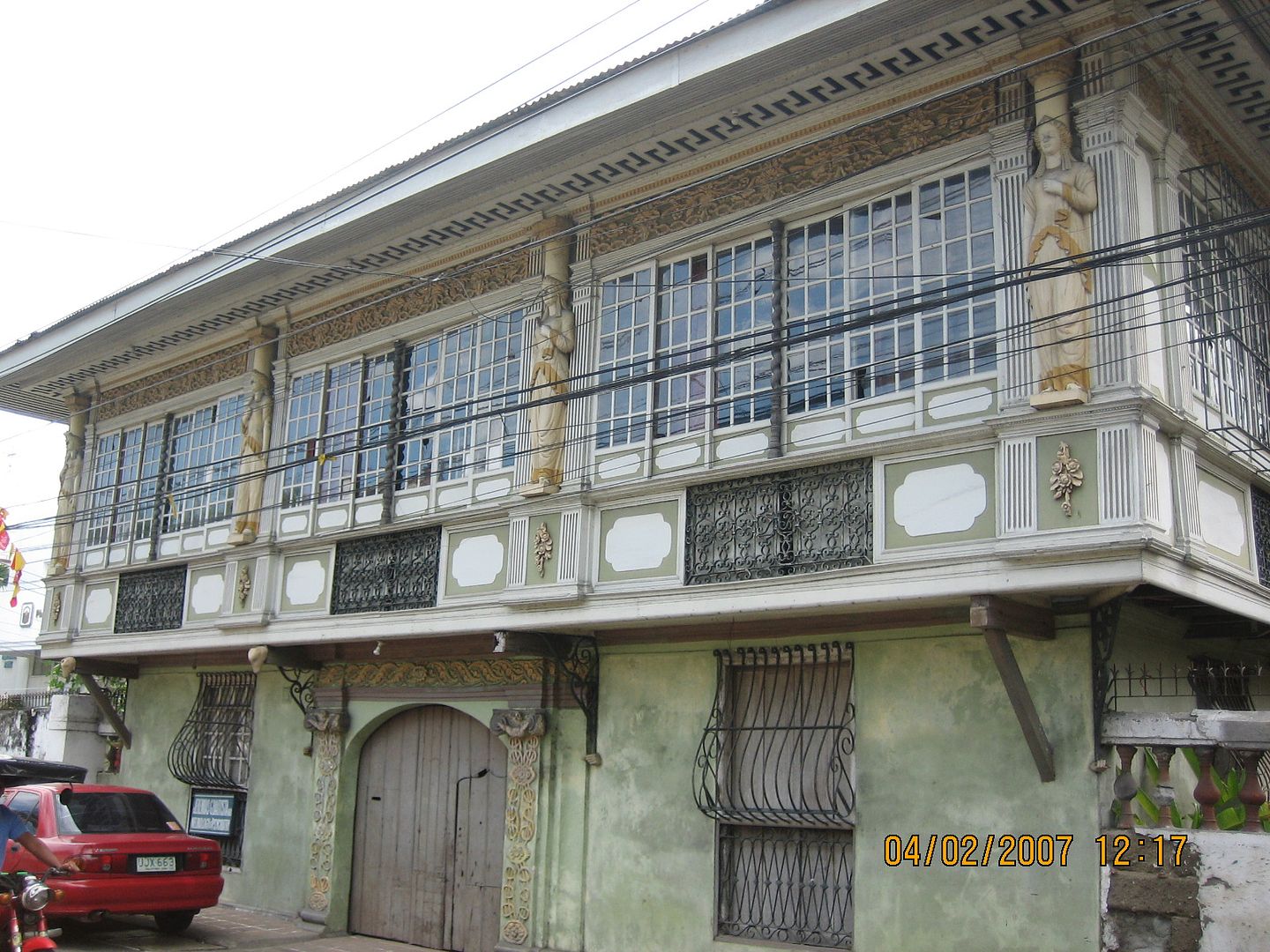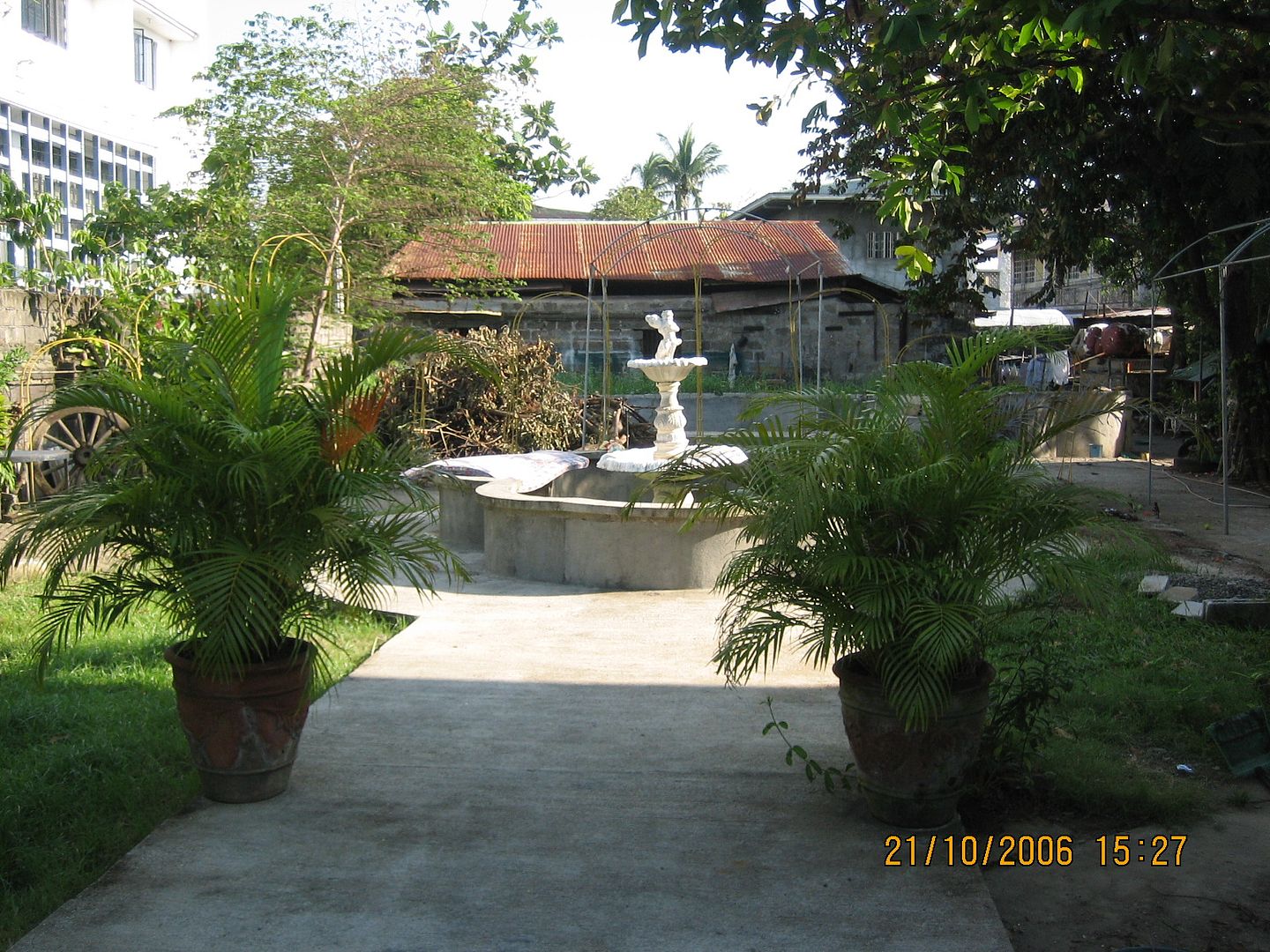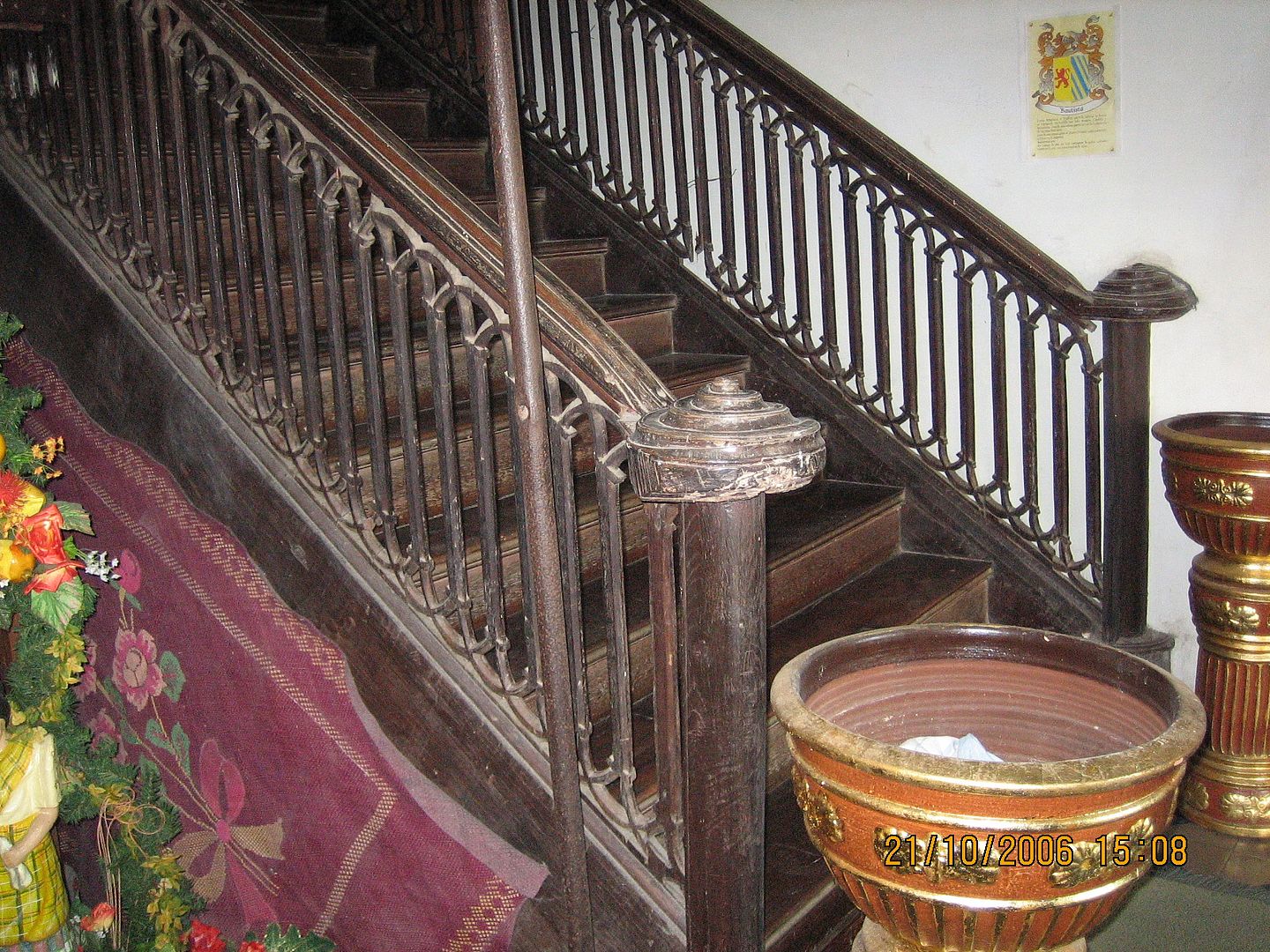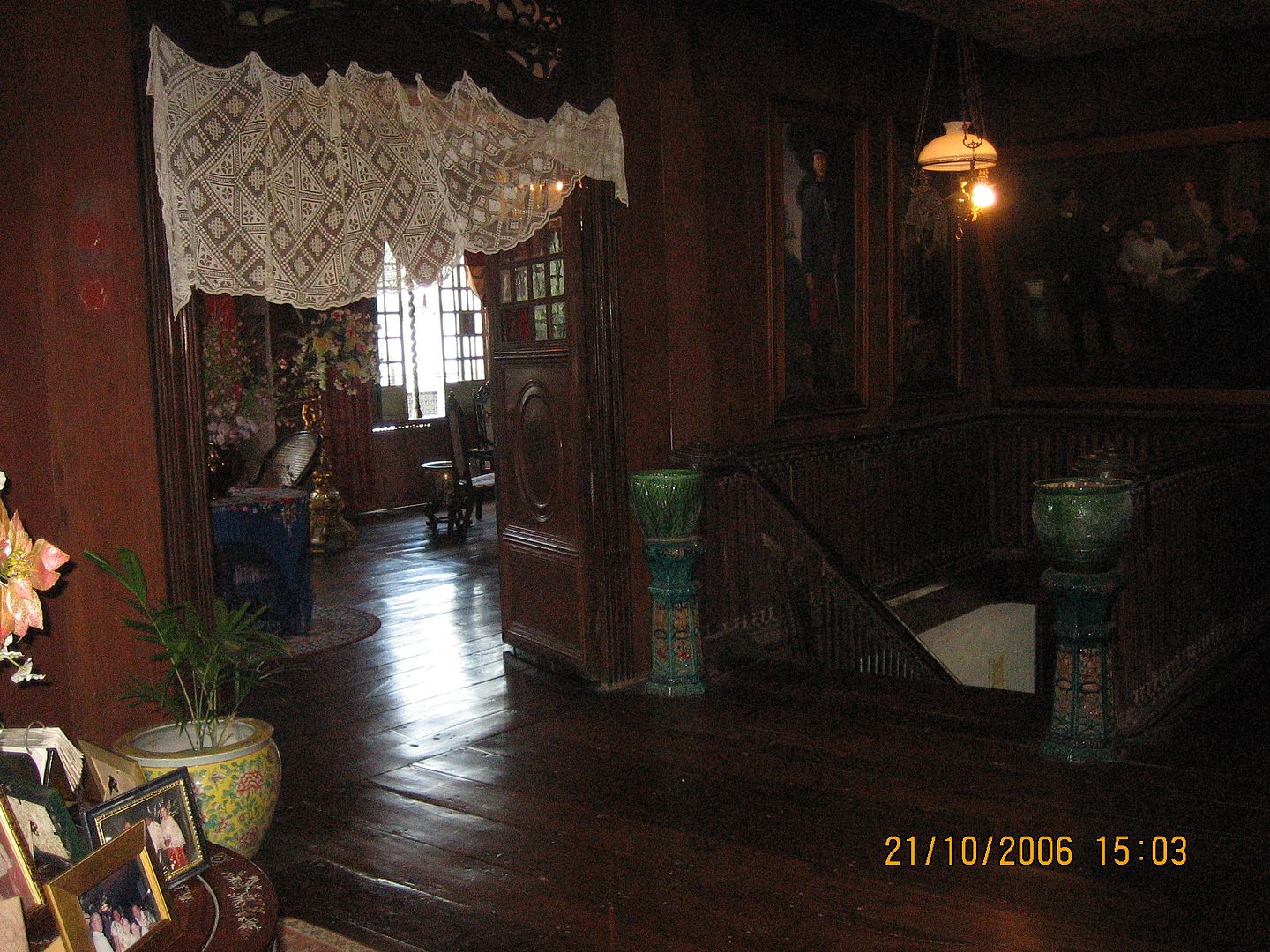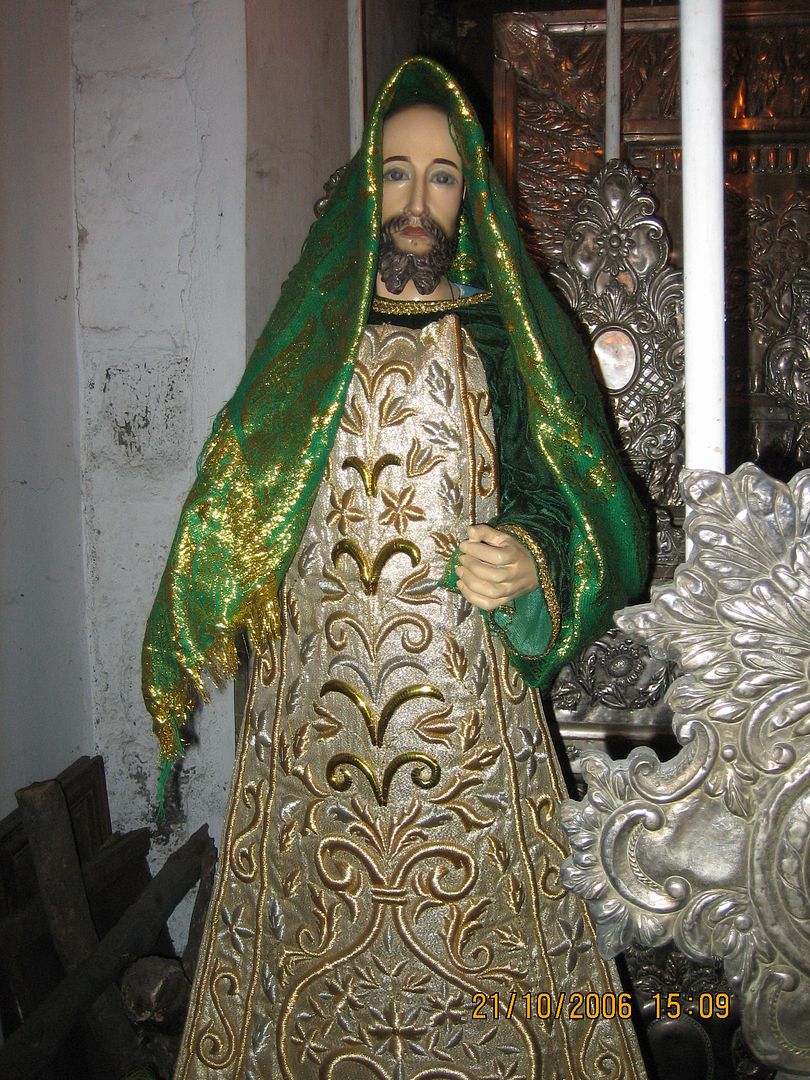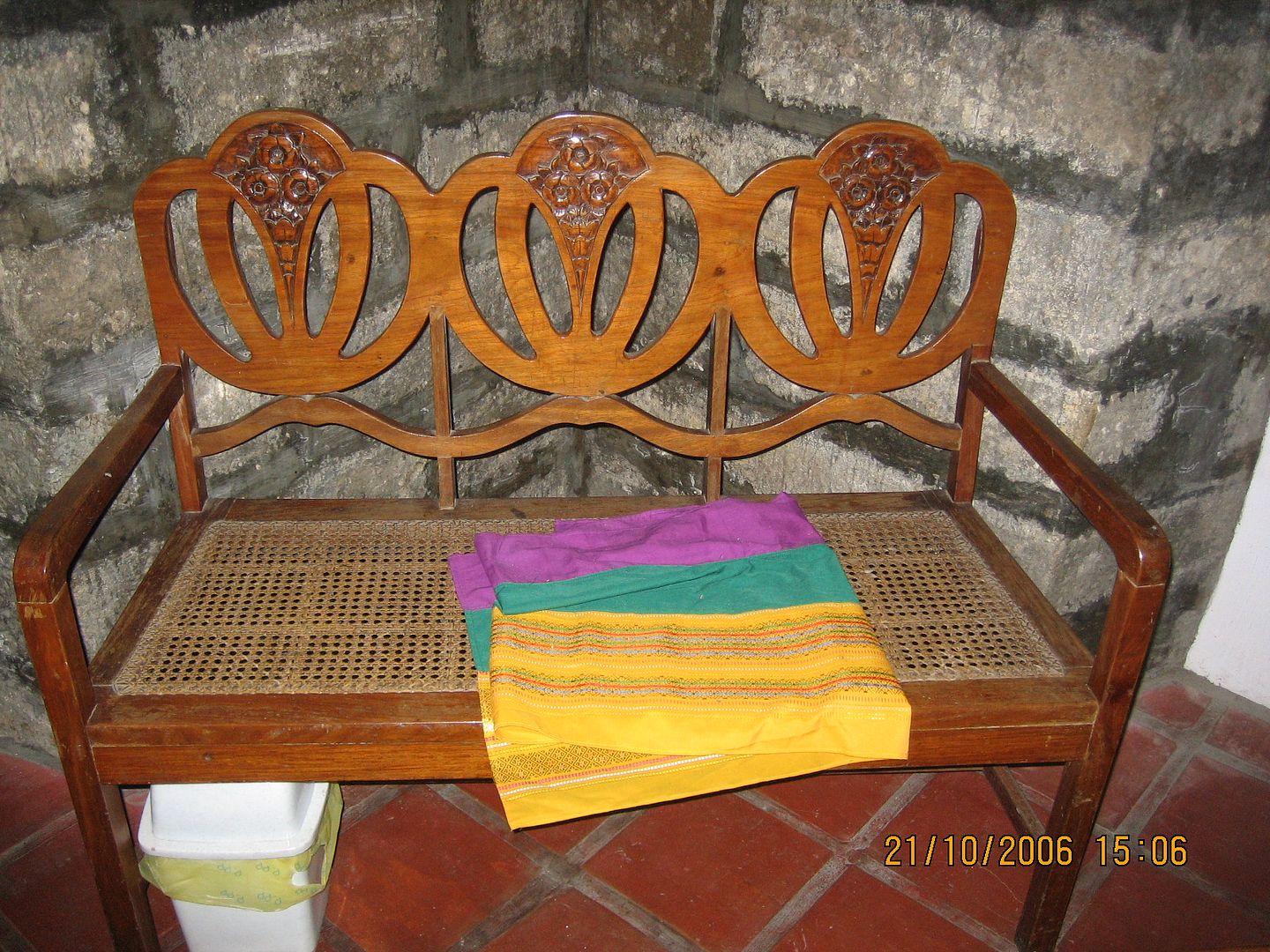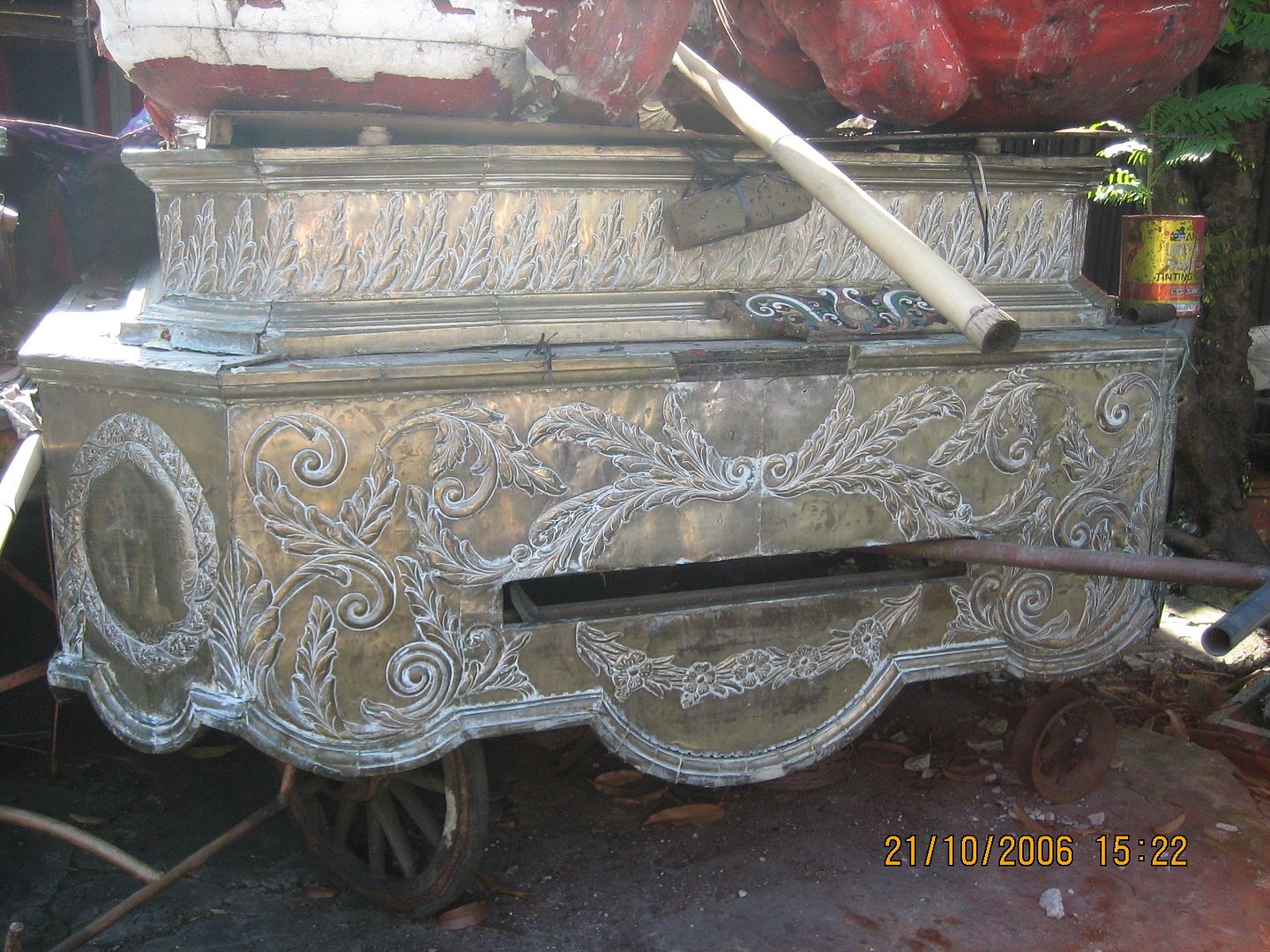I had heard and read about Taizé many years ago, even before I had set foot in
But this isn’t yet another akyat-bahay chronicle – the full story of my visit and all my touristic photos are probably best left for another time. In reality, many millions more have never set foot in the place, but still live out the Taizé experience daily – and it will be interesting to find out why.
So here’s the background: In 1940 a young Swiss guy named Roger Louis Schütz-Marsauche came to what was then a near-abandoned village in Burgundy
This is then what initially attracts young people to Taizé – good music will always be broadly attractive, but it will be especially so to younger ears. Each week, even in the dead of winter, busloads of 17- to 30-year-old pilgrims (including many groups from the Philippines
Not only has the whole world set out for Taizé – but Taizé has also gone out to the world. This refers not only to the fact that a Taizé song has probably been sung at least a few times in your own parish church even without your knowing it, but that the brothers of the Community actually work as missionaries in various corners of the earth. Even predominantly Christian Philippines is not spared – as we will now see.
Taizé: Nabuhay si Kristo
One of the unusual characteristics of Taizé music is that it lends itself very easily to translation in any number of languages. No doubt this is because most of the songs consist only of a few repeated lines, many of them frequently quoted passages from Scripture, whose meaning is already widely-understood and can, after minor adjustments to match up with the musical notes, be expressed in the local language. It will not be suprising that Pilipino (actually both Tagalog and Cebuano, and maybe some other Philippine languages also) is one of those “official” Taizé languages, as demonstrated in a recording made in the College Chapel of the Immaculate Conception Seminary in Guiguinto, Bulacan in 1994.
This recording, made in collaboration with visiting brothers of the Taizé Community, assembled not only the resident seminarians but also four congregations of nuns in the vicinity, as well as vocalists and instrumentalists from Manila Baguio
"Purihin ang Ating Diyos" demonstrates at least three features of Taize music: (1) A repetitive mantra-like refrain or chorus, which allows for meditation and reflection; (2) Interjectory verses sung by alternating soloists, often simultaneously with the chorus, which provide additional points for contemplation; and (3) Flexibility and variety in musical scoring, making use of whatever instruments are on hand. In this track, we hear not only chordal rhythm guitars providing the usual musical base, but also plucked guitars, flutes, violins, and an unmistakable bandurria ensemble (only in the Philippines?) playing melodic variations according to the Taizé style book.
"Purihin ang Ating Diyos" demonstrates at least three features of Taize music: (1) A repetitive mantra-like refrain or chorus, which allows for meditation and reflection; (2) Interjectory verses sung by alternating soloists, often simultaneously with the chorus, which provide additional points for contemplation; and (3) Flexibility and variety in musical scoring, making use of whatever instruments are on hand. In this track, we hear not only chordal rhythm guitars providing the usual musical base, but also plucked guitars, flutes, violins, and an unmistakable bandurria ensemble (only in the Philippines?) playing melodic variations according to the Taizé style book.
Purihin ang Ating Diyos
Purihin ang ating Diyos
Purihin ang ating Diyos
Lahat ng tao, Alleluia
Laudate Dominum
Laudate Dominum
Omnes gentes, Alleluia
The title track from this album, “Nabuhay si Kristo,” is a direct translation of another Taizé workhorse, “Surrexit Christus.” Consistent with the Taizé practice of polyglot singing, a couple of its soloist verses are in Cebuano. More importantly, the track demonstrates the same three musical characteristics as identified in “Purihin ang Ating Diyos,” but with a couple of interesting twists: the soloist verses not only unusually open the song and come before the chorus, but even more unusually are “sliced-and-inserted” into it.
Nabuhay si Kristo
(First part of soloist’s verse)
(Chorus:) Nabuhay si Kristo, Alleluia
(Second part of soloist’s verse)
(Chorus:) Umawit sa ating Diyos, Alleluia
(First part of soloist’s verse)
(Chorus:) Surrexit Christus, Alleluia
(Second part of soloist’s verse)
(Chorus:) Cantate Domino, Alleluia
There are a great many Taizé recordings (and even videos and books) already published, but of those that I have listened to, the best has to be one made right in the Community’s own Church in 2001, with the young pilgrims who happened to be in residence at that time.
Taizé: Venite Exultemus
I picked this one up at the thoughtfully-provided gift shop during my visit to the Community in 2005, and while it wasn’t exactly the least expensive CD that I purchased during those two weeks inFrance
I picked this one up at the thoughtfully-provided gift shop during my visit to the Community in 2005, and while it wasn’t exactly the least expensive CD that I purchased during those two weeks in
The first selection from this album, “El Alma que Anda en Amor,” uses a famous quote from San Juan de la Cruz (1542-1591), the great Spanish Carmelite reformer and close associate of Santa Teresa de Avila. He said, “The soul filled by love neither tires others, nor grows tired itself.” I guess only a 16th century mystic could have come up with that one. The soloist verses are in a wide variety of languages, including German, French, and Italian.
El Alma que Anda en Amor
El alma que anda en amor
Ni cansa ni se cansa
“The Kingdom of God
The Kingdom of God
The
And joy in the Holy Spirit
Come, Lord, and open in us
The gates of your kingdom
Since we’re in France
Qui regarde vers Dieu resplendira
Qui regarde vers Dieu resplendira
Sur son visage, Plus d’amertume
Sur son visage, Plus d’amertume
Look to God and you will shine
All bitterness gone from your face
All bitterness gone from your face
In manus tuas Pater
In manus tuas, Pater
Commendo spiritum meum
Into your hands, Father
I commend my spirit
Over the past two decades, Taizé has also become a spiritual refuge for young people from
This would make for great congregational singing even in the Philippines, and would be a good alternative to the usual sung or recited Alleluia verses before the Gospel – just replace the line “slava tiebe Boze” with something in Pilipino or English that fits the notes. And make sure that your priest or cantor-commentator can intone that solo “Alleluia” line at the beginning well enough!
Alleluia, slava tiebie Boze!
Alleluia, Alleluia, Alleluia
Slava tiebie Boze!
Alleluia, Alleluia, Alleluia
Glory be to you, O God!
My favourite track of all on “Venite Exultemus” is “Gott ist nur Liebe.” Like some of the others, it is a simple choral block for meditative repetition. However, more than in any of the rest, I feel that this piece effectively combines a fundamental Christian tenet in its lyric with not only a simple main melody and a great choral harmony, but also painfully beautiful instrumental variations from a bassoon, a plucked guitar, a pair of oboes, a horn, and a clarinet. Like many Taizé songs, this piece has been translated into several other languages, including English, so we may want to sing along:
Gott ist nur Liebe
Gott ist nur Liebe
Wagt, für die Liebe alles zu geben
Gott ist nur Liebe
Gebt euch ohne Furcht
(Translation:)
God is nothing but love
Dare to give all for love
God is nothing but love
Give yourselves without fear
(English sung lyric:)
God is forgiveness
Dare to forgive and God will be with you
God is forgiveness
Love and do not fear
The Challenge
Taizé music is used in churches all around the world, even in the
A creative challenge would be to take one of the hundred-odd Taizé pieces and translate them into Pilipino or English, if it has not been done yet. (A few ARE already in Pilipino, but more could be, I’m sure.) Then teach your own choir or congregation how to sing it, and voilà! (that’s French too), you have a new song from Taizé for use in Sunday
Even better, since the Taizé musical characteristics aren’t all that esoteric, as we’ve seen and heard, why not re-apply them? Take a simple text, perhaps from Holy Scripture, set it to an appealing melody, give it a simple harmony, and make the whole thing work beautifully enough for repetition without sounding like a drone (as someone recently told me), and voilà! (there the French go again), you have a Taizé-style piece that is nonetheless original and home-grown.
What about it, young musical Filipinos?
Originally published 24 February 2007. Copyright ©2007 by Leo D Cloma. The moral right of Leo D Cloma to be identified as the author of this work has been asserted. Musical examples are owned by their respective copyright holders and are used only for review and demonstration purposes.
Original comments:
puyat1981 wrote on Feb 25, '07
I spent a summer in Taize months before Bro. Roger got killed. It was a blessed experience with the community.
There are Taize communites here in Manila; one at EDSA Shrine, the other at Pope Pius Catholic Center in Paco - i hope you can join us for prayers. |
rally65 wrote on Feb 25, '07
Hey, that's great -- were you with a Filipino group that summer or did you go alone? I was there too in April 2005, but stayed only a day since I was over the age limit. ;-(
[Coincidentally, the day I was at Taize was also when the election of Joseph Ratzinger as Benedict XVI was announced.] In your Taize Community in Manila, do you use only the songs in the "Nabuhay si Kristo" album (and perhaps their English or Latin equivalents), or do you also use some of the newer ones, like "God is Forgiveness" ("Gott ist nur Liebe")? I really like that one -- isn't it obvious? ;-) I wonder if that has been translated into Tagalog already. |
puyat1981 wrote on Feb 25, '07
tatlo lang kami. I went there after I asked dispensation from my vows. Okay naman yung community doon kaso parang di sila sanay maligo (hehe)
nasan ka ba ngayon? I know sa EDSa Shrine and Pope Pius they use tagalog. Sa group ko (7 lang kami) we use english kasi it's more convenient to use. |
arwin0313 wrote on Mar 22, '07
being an active youth leader in my parish. it is my dream to visit taize, france.
|
rally65 wrote on Mar 22, '07
Keep working on that dream! It's a great place to spend a week or two with your youth group members -- while you are still young.
|
clifford4 wrote on Apr 28, '07
I was in Taize several times and I really like this place, there feel unity with all Christians from all over the world and in every Christ
|
otsopya wrote on May 11, '07
hmm astig po talaga ang taize experience... galing me dun dec 06 to feb 07, kumbaga malamig lamig pa hehehe (dahil sa yelo).
may balita pong magkakaruon ng malaking meeting ang taize sa manila come 2009, some brothers will be back on september this year. |
warintan wrote on Jun 7, '07
I visited Taize for a week on May 2007. It was wonderful moment. I wish someday, i can come back and sit down on the temple again (my favourit place)
|
otsopya wrote on Jan 8, '08
update update 2010 na lang pala ang meeting sa manila... paano kasi... mukhang may Asian Youth Day na host din ang Pinas on 2009, mahirap naman pag sabay na taon daw kasi isa lang ang organizer... hays 2 more years pero mabilis lang ang taon. natuloy yung dalawang brothers dito nung september, last update would be babalik sila by feb of this year, nagiikot sila sa Pinas, pati yung mga non-catholic churches to prepare for the meeting on 2010, as it is hindi pa rin kasi well known ang taize sa bansa... ^_^ sana andito ka na by then hehehe...
|






